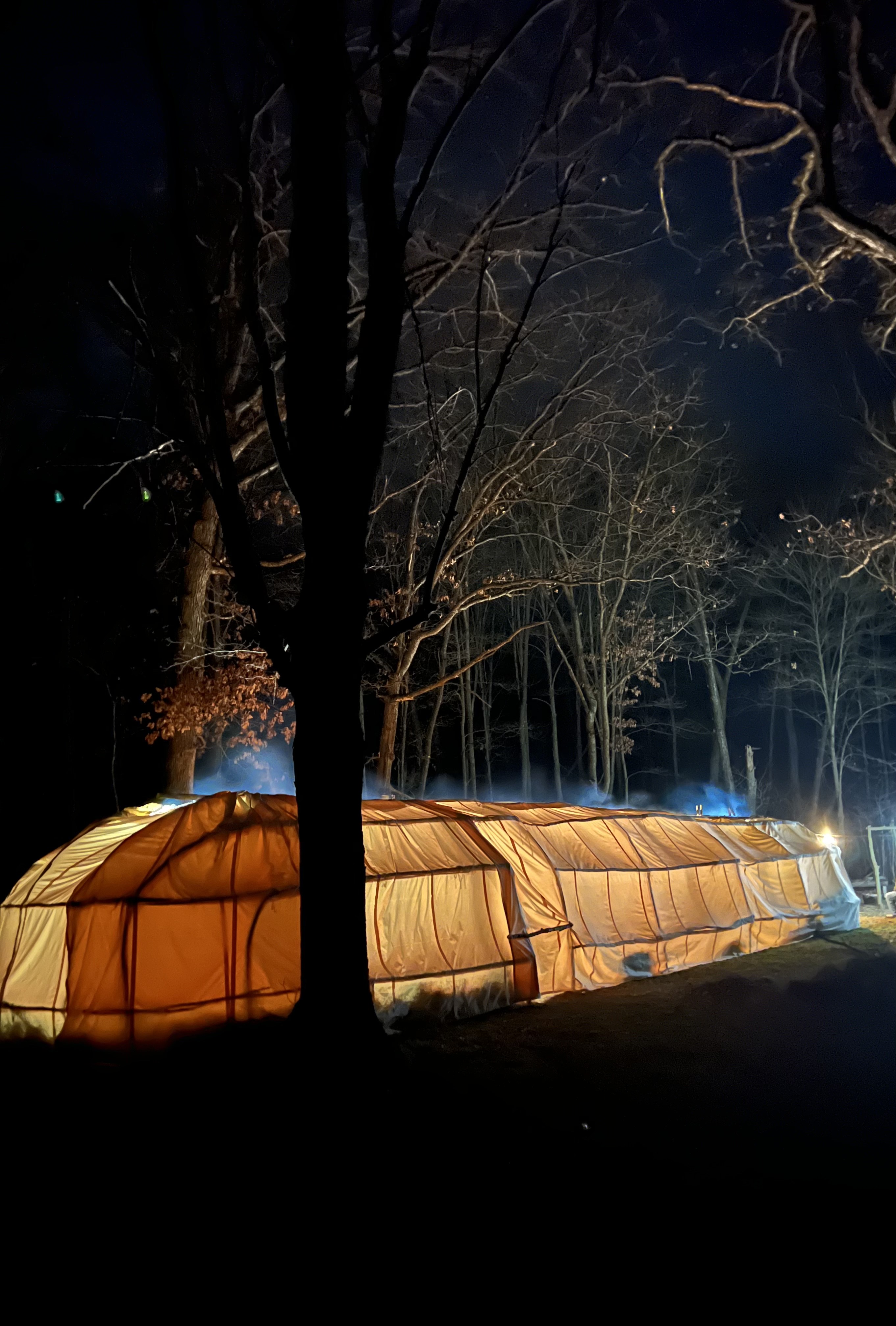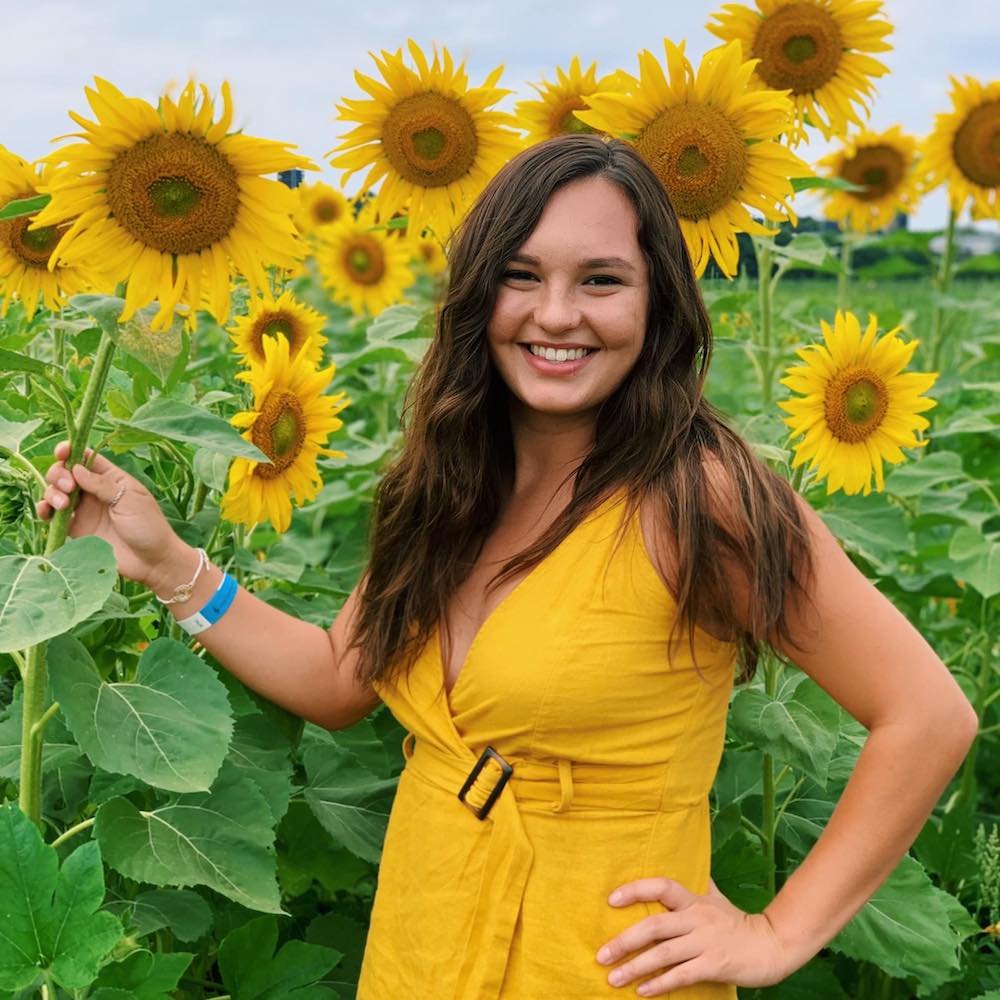
- Details
- By Kaili Berg
For generations, Wisconsin’s Native American children were shipped to one of eleven boarding schools in the state where children were not allowed to speak Ho-Chunk, the root language of what is now one of the 11 federally recognized tribes in the state.
Language is at the core of what it means to be Ho-Chunk. With fewer than 30 first-language speakers left, Ho-Chunk is now considered an endangered language.
The passage of the Native American Language Act in 1990 repudiated past government policies of eradicating Indigenous languages, but by then, the damage was done.
“I am worried about our Ho-Chunk way of life dying out from under us,” Greendeer told Native News Online while walking around his family’s 150-year-old homestead.
Greendeer hosts Ho-Chunk language feast classes, one of several efforts to save the language and culture of the tribe. Greendeer has put together different teachings intertwined with Ho-Chunk, English, and phonetic Ho-Chunk words and phrases spoken in traditional ceremonies.
Greendeers hopes these classes will encourage people within the Ho-Chunk Nation to learn more about their culture and language to pass to future generations.
“I started something that is different from your traditional language classes,” Greendeer said. “I am trying to empower other people so they can pass our culture on because there’s only a few that still go to our feast ceremonies and the ones that do go, some do not know what is being said. This is what makes us Ho-Chunk, to keep our traditions going.”
Indigenous ceremonies seek to strengthen a person’s connection to the physical and spiritual world, providing healing or clarity, marking significant life moments, or offering remembrance and gratitude. Each ceremony has a specific purpose and has an important place in Native history.
“A medicine man came to my homestead and talked with me,” Greendeer said. “He said he was tired of people being on their phones and having side conversations while he was talking. It’s really frustrating for him.”
After the conversation, Greendeer went home and fasted so he could find answers. A late medicine man came to him in a dream and inspired him to start his classes. Students who have attended the class say they are now able to understand what is being said with the help of Greendeer.
“I just don’t want it to die in front of me,” Greendeer said. “My father and mother were both very traditional, and they always took me to feast. Eventually, I realized that this is what makes me Ho-Chunk.”
Among other efforts, the Ho-Chunk Language Division started the Hoocak Academy to provide language learning materials, resources and instructional learning for the community. Classes are available in person and online.
In addition, the Nation is also in the process of its second phase of the language preservation process, following the construction of a large-scale online dictionary, including audio recordings of speakers. The recordings are part of a decades-long effort to develop learning materials to sustain the language.
“Learning the language and our traditions is very important,” Greendeer said. “We need more people to start wanting to learn. It’s like we have the cure for cancer and people are uninterested in it. This is our way of life, we need to save it.”
More Stories Like This
Sovereignty Symposium will be June 11-12 in Oklahoma CityTribes, National Congress of American Indians Oppose Montana's TikTok Ban on Grounds of Sovereignty
A Notable Victory for Justice in Case of Murdered Pit River Tribal Citizen
Call for Entire Ninth Circuit Rehearing of Apache Stronghold to Vindicate Tribal Nations’ Land-based Religious Practices
Newland Touts Biden's Investing in America Agenda at Bison Release at Taos Pueblo
These stories must be heard.
This May, we are highlighting our coverage of Indian boarding schools and their generational impact on Native families and Native communities. Giving survivors of boarding schools and their descendants the opportunity to share their stories is an important step toward healing — not just because they are speaking, but because they are being heard. Their stories must be heard. Help our efforts to make sure Native stories and Native voices are heard in 2024. Please consider a recurring donation to help fund our ongoing coverage of Indian boarding schools. Donate to Native News Online today and support independent Indigenous-centered journalism. Thank you.

